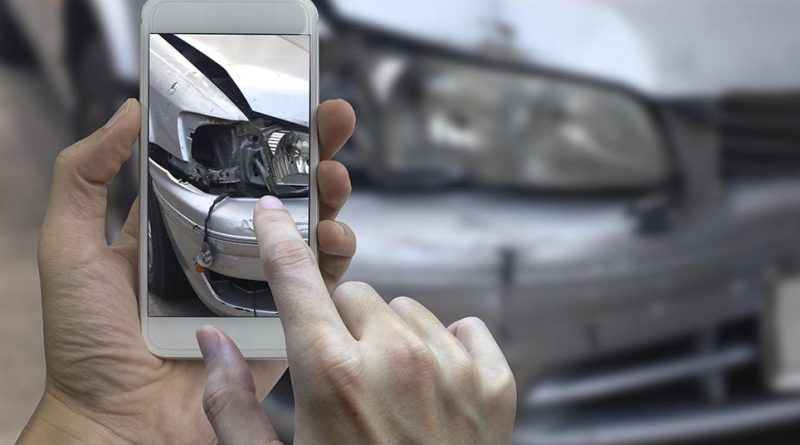What is an insurance excess?
If you’re a newbie, or even a wannabe, insurance customer, the ins and outs of what is covered and how your policy works may seem overwhelming. Of particular concern could be the amount you would have to pay in, in the case of a claim, i.e. your ‘excess’. In the piece below, we explain what an excess actually is and the reason that it is inevitably part of an insurance claim in the first place.
“I have to pay in before I can get something out?”, you may ask in astonishment. “Yes, indeed, it’s called an ‘excess’,” a street-wise friend or older sibling will tell you. “For example, if your car is insured against accidental damage and you are in a minor accident that requires the replacement of a door panel costing R20 000, you will have to pay in whatever your excess amount is – usually between R2 500 and R10 000 in the SA market – and your insurer covers the rest.”
“I’m changing to another insurance company,” you may whine, but this – unfortunately – is not going to help your case. Most insurers have a compulsory excess. It’s just up to you to increase or decrease this amount according to what will prove affordable for you.
Remember, choosing to pay a higher excess means a lower monthly premium. Assess what excess amount you will be able to fork out unexpectedly when you need to claim. It is tempting to choose the highest amount so that you can enjoy the lowest premium every month – but this could come back to bite you when you suddenly need to pay a R10 000 excess to get your car repaired, just one week after your washing machine has packed up and you have had to replace that as well. We suggest keeping an emergency fund in a savings account that you can access when you need to pay an excess to get your car repaired; or when life, otherwise, throws you a curveball.
There are also many ways to reduce your monthly premium – related to how much you drive, whether you have a tracking device fitted, whether you park off the street or in a gated complex, and so on. Check-in with your insurance provider as to everything they take into account.
A warning sign: if your premium is super low, this could indicate an alarmingly high excess or other cover limits that you may not be aware of – meaning that you are not comprehensively insured. Some insurance products, for example, limit the amount payable when your car gets damaged by hail to, say, R10 000. Some insurers charge a percentage-based excess. This means that you have to pay, say, 10%, of the cost of the claim instead of a fixed known amount; which introduces quite a bit of uncertainty in the case that your car is stolen or written off, and you’ll only be able to claim for 90% of its value.
“Car insurance products with limited cover or a very high excess are similar to taking only a Hospital Plan from your medical aid,” says head of MiWay Blink, Christiaan Steyn. “They cover you when things go horribly wrong but, for anything else, you’ll definitely need to pay in. Comprehensive car insurance with a low excess is similar to the top tier medical plans that cover almost all the costs. You need to find the happy medium that works for you based on how much you can afford each month, and how much of your emergency fund you’ll have to pay in for the excess.”
Shield against fraudulent claims
Did you know that your excess is payable by the insured (that’s you!) regardless of whether you were to blame for causing damage to a vehicle? To start the repair or replacement process of your car, you’ll need to pay the excess. If it turns out that you were not at fault and the other driver caused the accident, we as the insurer will try our best to recover the costs from that individual or their insurer. When we do, we will refund your excess to you – but this can be a long and drawn out legal process and there is no guarantee that we will successfully recover the money from the other driver.
”Depending on the insurer, there could be a range of additional excesses payable on a claim as well. These are typically scenario specific and only apply within those scenarios. Examples include an additional excess for accidents that happen between 11pm and 5am, if you are claiming for the third time in a year, etc. Such excesses will be highlighted on your quote or insurance policy, meaning you will not need to scour the fine print to find them. The important thing is to be aware of these situations – especially when you are comparing offers – so that you can make an informed decision and choose the car insurance option that you are most comfortable with.”
Premiums, advises Steyn, are likely to become increasingly more accurate – and much fairer for the cautious individual – as technology allows greater insights into individual driver behaviour.
MiWay Blink is a division of MiWay Insurance Limited (‘MiWay’), a direct licenced insurer and a financial services company, offering customers a range of non-life insurance products (formerly known as ‘short-term” insurance) including motor, household, homeowners, business insurance as well as liability cover.




